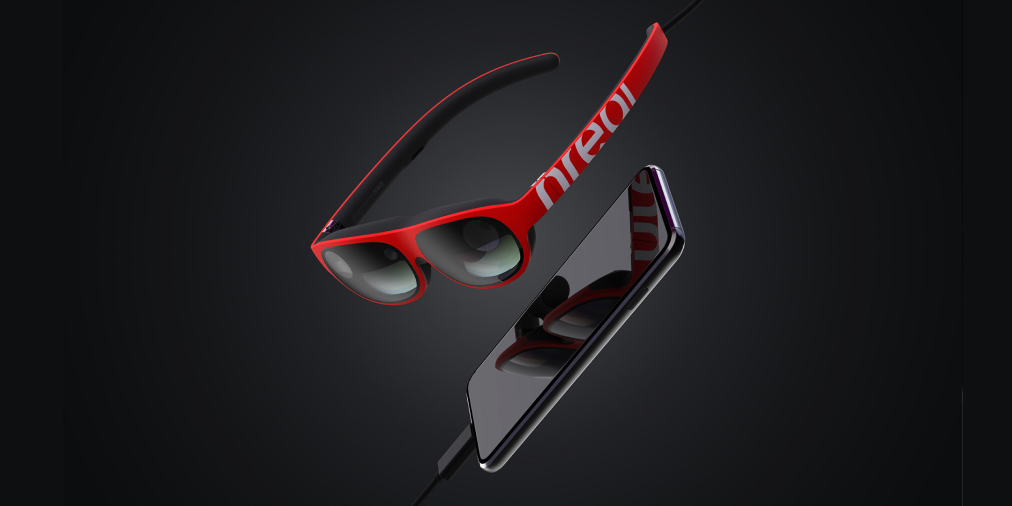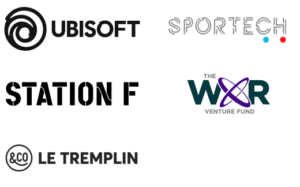
Nreal is a Chinese startup that aims at developing the first consumer augmented reality headset which almost looks like a normal pair of glasses. Cheap and light, these glasses will be for content consumption more than gaming. Most of all, there are very few augmented reality glasses in the market currently, and as our team is developing augmented reality content for the sports industry, we wanted to share a little review of these interesting glasses.







